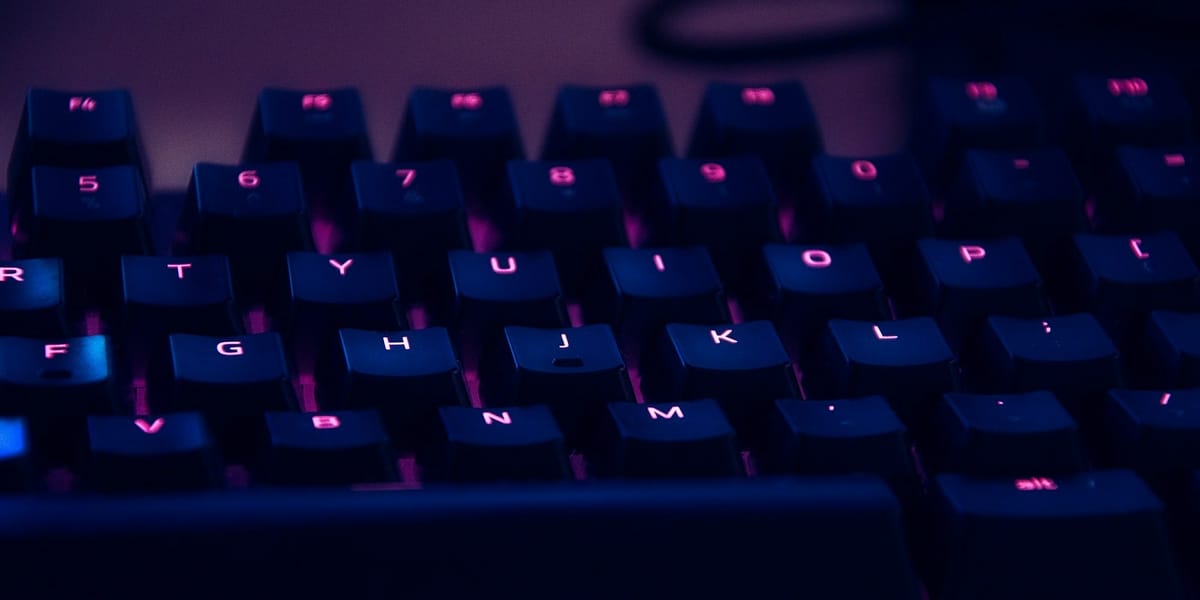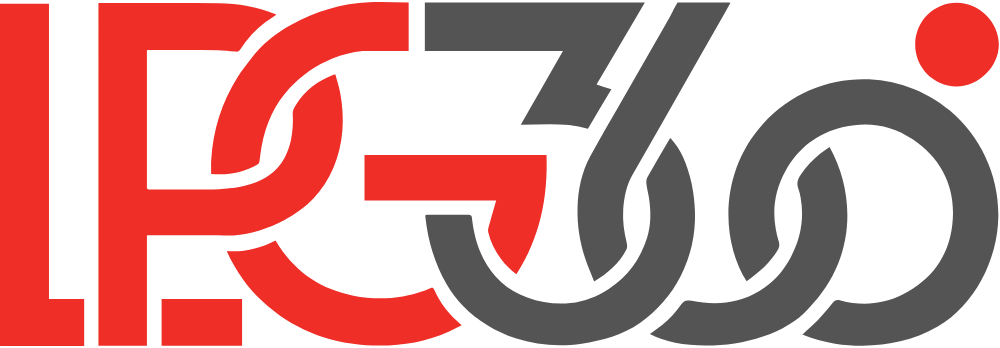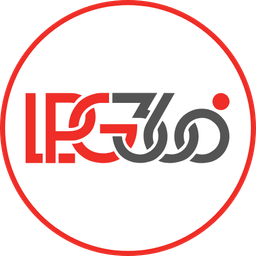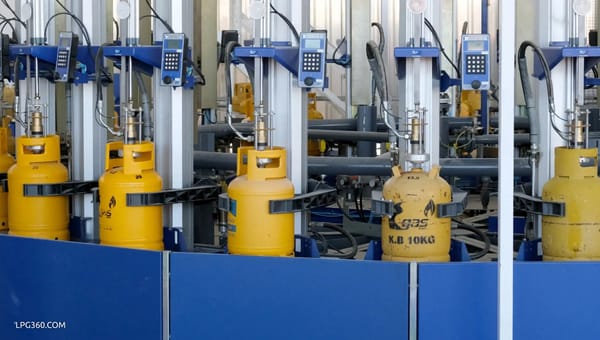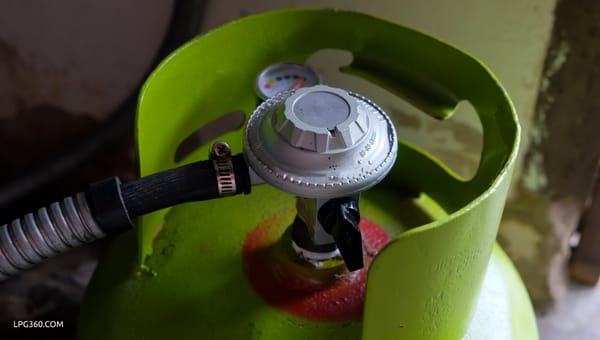The Last Mile Challenge: Ensuring Efficient LPG Distribution to End-Users
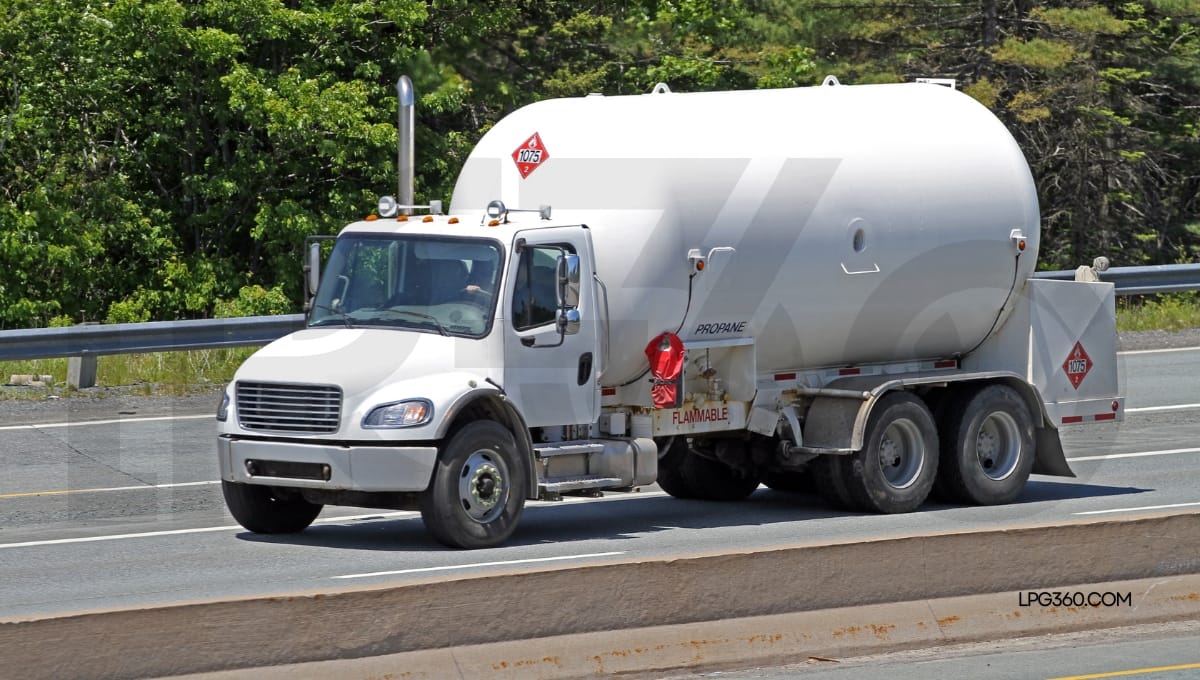
The last mile of LPG distribution—the final stage where gas reaches consumers—is often the most complex and costly. Whether delivering LPG to urban households, rural villages, or commercial users, ensuring timely and efficient last-mile distribution is critical. However, poor infrastructure, high transportation costs, safety risks, and logistical inefficiencies make last-mile LPG delivery a major challenge. In this blog, we explore the key last mile LPG challenges and innovative strategies to improve last-mile efficiency.
Key Challenges in Last-Mile LPG Distribution
1. Poor Infrastructure in Remote Areas
Many rural areas lack proper roads, making LPG cylinder transportation difficult. Inadequate storage facilities result in supply shortages and delays. Urban congestion increases delivery times and costs.
2. High Transportation & Delivery Costs
The last mile contributes to over 50% of total delivery costs due to fuel, labor, and logistics expenses. Long distances and small delivery volumes make rural distribution expensive.
3. Safety & Regulatory Compliance
Improper handling of LPG cylinders increases the risk of leakages and explosions. Lack of standardization in informal supply chains leads to unsafe practices. Stringent government regulations and licensing requirements slow down delivery operations.
4. Demand Fluctuations & Supply Chain
Inefficiencies Unpredictable LPG demand surges (e.g., winter seasons) lead to shortages. Manual order management causes delivery errors and inefficiencies. Consumers in remote areas often lack access to reliable suppliers.
Strategies for Overcoming Last-Mile Challenges
1. Expanding Micro-Distribution Networks
Decentralized distribution hubs in rural areas reduce travel distances. Partnerships with local retailers improve accessibility. Franchise models allow small entrepreneurs to become LPG distributors.
2. Using Smart Logistics & Route Optimization
AI-powered route planning minimizes delivery time and fuel costs. GPS-enabled fleet tracking ensures real-time monitoring of deliveries. Mobile refilling stations bring LPG closer to end-users.
3. Enhancing Digital Payment & Ordering Systems
Mobile apps allow users to order LPG online and track deliveries. Digital wallets and mobile banking facilitate cashless transactions. Automated subscription models ensure timely refills without manual orders.
4. Promoting Cylinder Swapping Models
LPG cylinder swap stations allow consumers to exchange empty cylinders instantly. Pre-filled cylinder vending machines reduce delivery dependency.
5. Leveraging Drones & Electric Vehicles (EVs)
Drone technology is being explored for LPG delivery in inaccessible areas. EV delivery fleets reduce costs and promote sustainable distribution.
6. Strengthening Safety Regulations & Training
Training programs for delivery personnel enhance handling safety. Regulatory oversight ensures standardization in cylinder distribution. Awareness campaigns educate consumers on LPG safety and best practices.
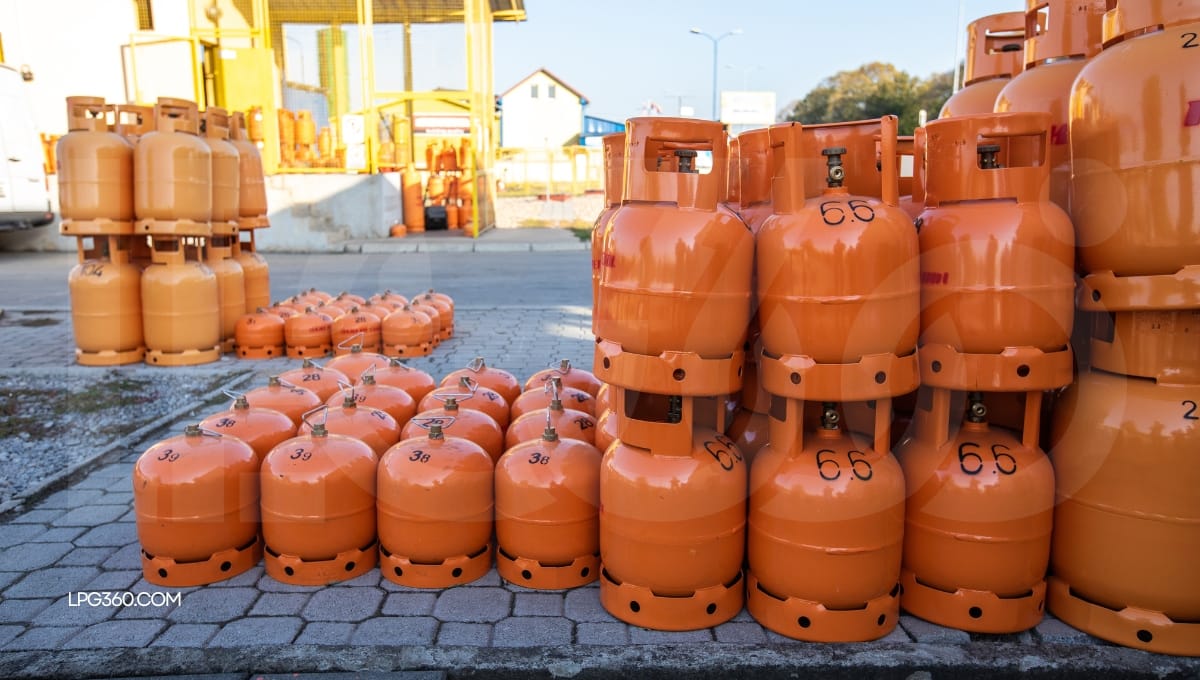
Conclusion
Ensuring efficient last-mile LPG distribution is essential for improving accessibility, reducing costs, and enhancing reliability. Overcoming the last mile challenges like poor infrastructure, high delivery costs, and supply chain inefficiencies requires adopting smart logistics, micro-distribution hubs, and digital payment systems. Innovations such as GPS tracking, AI-driven route optimization, and electric delivery vehicles can significantly enhance efficiency. Additionally, strengthening safety regulations and training delivery personnel ensures secure handling and standardization. Collaboration between governments, private stakeholders, and technology providers is key to streamlining last-mile distribution. By leveraging these advancements, the LPG industry can build a more sustainable, cost-effective, and consumer-friendly supply chain.
Want to stay informed about innovations in LPG distribution? Follow us for expert insights on last-mile logistics and energy supply trends!
#LPG #LPG360 #LastMileDelivery #LPGDistribution #SmartLogistics #AI #IoT #LastMileChallenge #SupplyChainOptimization #LPGTrends #CleanEnergy #EndUsers #SustainableEnergy #FleetManagement #TechInEnergy #GasLogistics #LPGSafety #DigitalTransformation #MobilePayments #FutureOfEnergy #LPGInfrastructure #EnergyEfficiency #RouteOptimization #MicroDistribution
